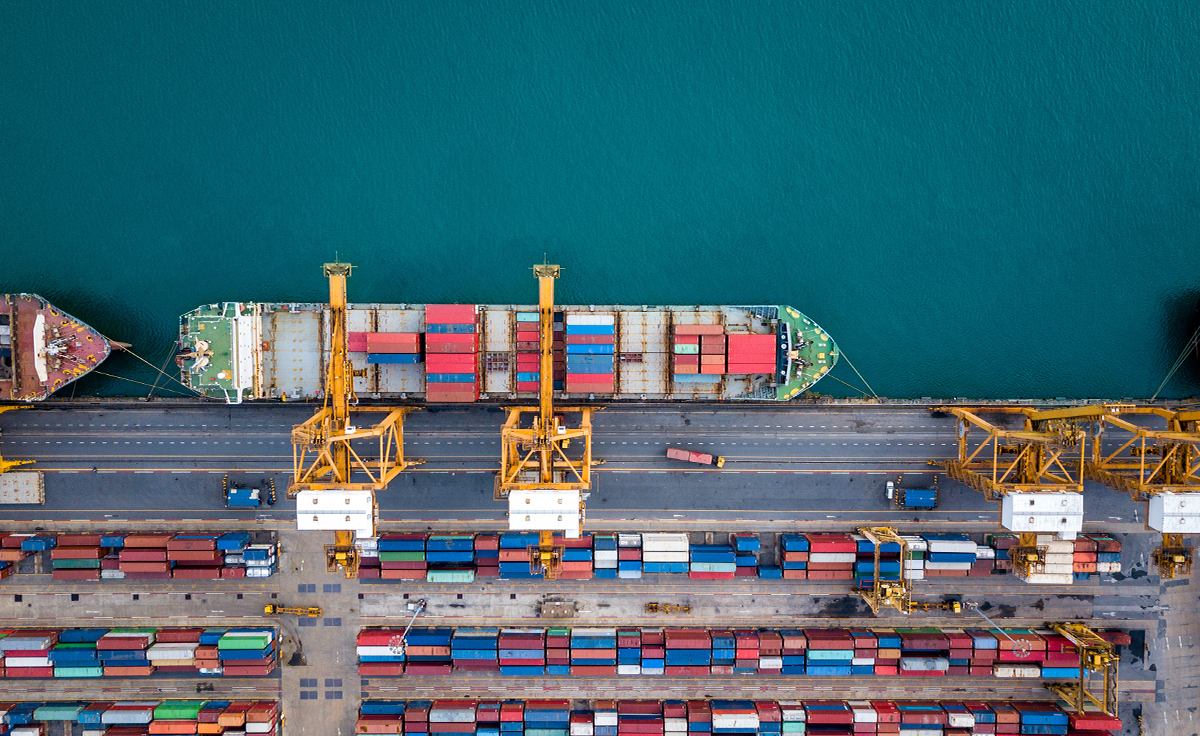How Tariffs Reshape Trade and Economic Stability:
In a time of fluctuating trade policies and economic uncertainty, tariffs have re-emerged as a hot-button topic. Utah’s National Public Radio affiliate, KPCW, interviewed Professor Elena Patel from the University of Utah’s David Eccles School of Business, who offered a deep dive into the complexities of tariffs and their impact on global trade. Her insights provided clarity on how these taxes on imports ripple through economies, affecting prices, businesses, and consumers.
At their core, tariffs are taxes on imported goods. While they can generate government revenue and protect domestic industries, their side effects often create more questions than answers. Patel illustrated this with a simple example: a bottle of French wine that normally costs $10. If a tariff is imposed, the importer has to pay a tax on top of that price; U.S. consumers ultimately bear the brunt of the higher cost, because the additional charge is passed on to them by the importers.
“I don’t understand where a win comes from here,” Patel said, questioning the overall benefit of such measures.
The policy objectives behind tariffs are often at odds. A tariff designed to protect domestic industries may reduce imports but will yield less revenue. Conversely, revenue-maximizing tariffs do little to bolster local production. Historical examples, such as those stemming from the Trump administration’s tariffs in 2019, demonstrate how these measures disrupt supply chains and drive up production costs.
Patel noted that free trade leverages comparative advantages, promoting efficient global production. Tariffs, however, can upend these efficiencies.
“Supply chains will be disrupted in a way that could be quite critical,” she warned, especially as economies like the U.S. and China heavily rely on each other for production.
Uncertainty and Retaliation
Temporary tariff policies, often enacted under emergency powers, exacerbate uncertainty for businesses. This volatility stifles long-term investments, as industries hesitate to commit to expensive infrastructure without policy stability. Retaliatory tariffs further complicate matters, particularly in sectors like U.S. services, where Europe has hinted at imposing countermeasures.
The U.S.-China trade relationship exemplifies the high stakes of tariff conflicts. Increased consumer prices, reduced business demand, and disrupted supply chains are some of the immediate consequences.
“There’s going to be higher prices for U.S. consumers and for Chinese consumers, and U.S. businesses are going to face lower demand,” Patel explained.
Additionally, prolonged tariffs may push China to explore alternative markets or relocate manufacturing to neighboring countries like Vietnam or Malaysia. This shift underscores the far-reaching implications of trade policies, with potential long-term effects on global economic stability.
Looking Ahead
Reflecting on the trajectory of U.S. trade policies, Patel observed a lack of clear objectives in current tariff implementations. The resulting uncertainty dampens consumer sentiment, slows investments, and increases recession risks.
“It’s kind of a matter of how long this lasts and how long employers can hang on,” Patel explained, emphasizing the precarious nature of the current economic landscape.
As debates around tariffs continue, Patel highlighted the need for balanced, well-defined trade policies that consider both domestic and global implications. In an interconnected world, the ripple effects of tariffs extend far beyond borders, influencing economies and livelihoods worldwide.
Listen to the full interview here.

